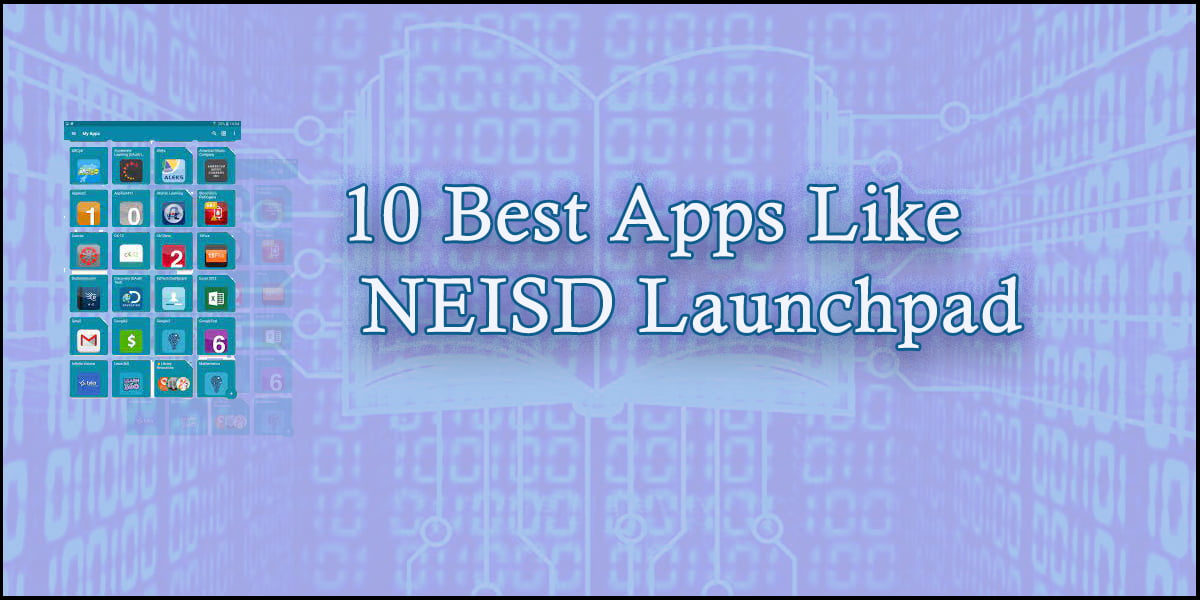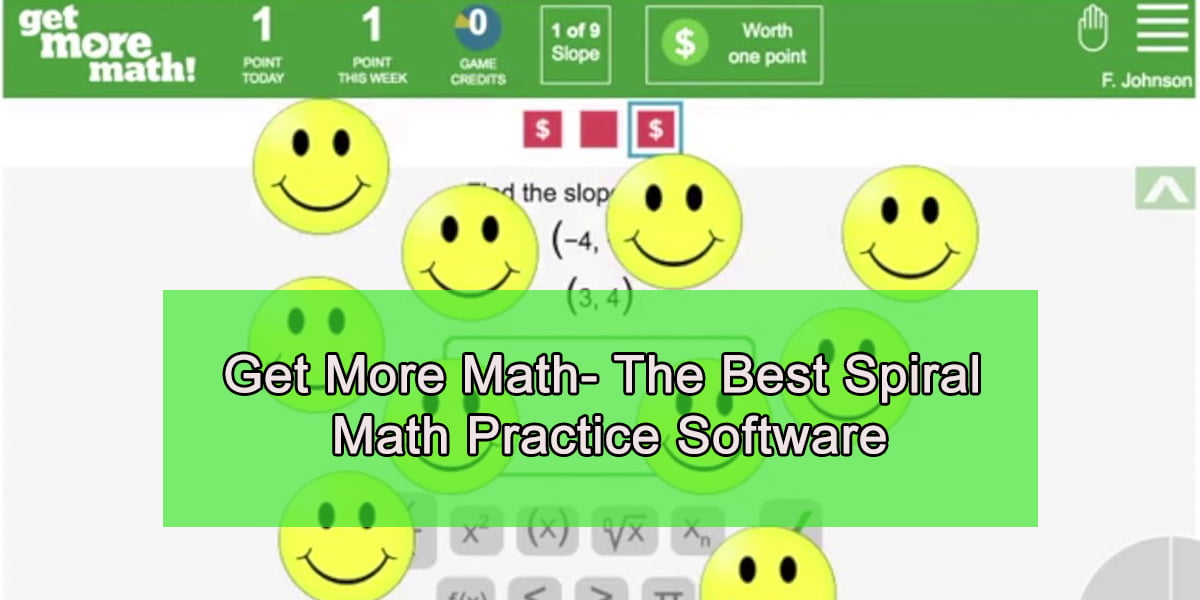Blogging has become a popular medium for individuals and organizations to share their knowledge, insights, and experiences. Education blogging has gained significant momentum in recent years. More people look to the internet for information and resources related to teaching, learning, and professional development.
You are passionate about education and want to start your blog. This article provides expert tips about starting and running a great education blog. It engages your audience and helps you achieve your goals. Choose a niche to create high-quality content and promote your blog. We will cover everything you need to know to build a successful education blog.
Choose a Specific Niche
Choosing a specific niche to run and start your education blog is crucial because it helps you define your target audience and establish your unique voice and expertise in a particular area. By focusing on a specific niche, you can create content that is relevant and useful to your readers, which will help you build a loyal following and establish your blog as a trusted source of information.
Some examples of niche ideas for education blogs include early childhood education, special education, online learning, study tips, education technology, teacher professional development, college admissions, homeschooling, and international education. When choosing a niche, it is essential to consider your interests and expertise, as well as the needs and interests of your potential audience.
Determine Your Target Audience
Knowing your target audience is crucial for the success of your education blog because it helps you create content tailored to your readers’ needs, interests, and preferences. By understanding your target audience, you can also develop a communication strategy that resonates with them and helps you build a loyal following. To identify your target audience, start by considering the age, gender, geographic location, and educational background of your potential readers.
You can also conduct market research, such as surveys or focus groups, to gather information about their needs, challenges, and educational preferences. Pay attention to the comments and feedback you receive on your blog, as they can provide valuable insights into what your audience likes and dislikes about your content. By knowing your target audience, you can create content that engages them and helps you achieve your goals as an education blogger.Get to know about Importance of Networking in Career Development.
Create Engaging Content
Engaging content is essential to keep your readers interested and return to your education blog. Interesting content helps you build a relationship with your readers, increases your credibility, and enables you to establish your blog as a trusted source of information. Some content that engages readers includes lists, how-to guides, tutorials, personal stories, interviews, and multimedia content such as videos and infographics.
To create engaging content, start by understanding your audience and their interests and then use that information to develop relevant, informative, and entertaining content. Use a conversational tone, use visuals to break up the text, and create headlines that capture the reader’s attention. Encourage reader interaction by asking questions, responding to comments, and creating opportunities for discussion and feedback. Creating engaging content can attract and retain a loyal following and help you achieve your goals as an education blogger.
Use Eye-catching Headlines
Headlines are an essential part of your education blog because they are the first thing your readers see and can significantly impact whether they choose to read your content. Effective headlines grab the reader’s attention, communicate the value of your content, and encourage them to click through to read more. Some characteristics of effective headlines include being specific, relevant, and informative. Headlines that use numbers, questions, and action verbs also perform well.
When creating headlines for your education blog, consider combining these elements to make your headlines more eye-catching and engaging. Be sure to use keywords that accurately reflect the content of your blog post and avoid using clickbait tactics that misrepresent your content. By creating great headlines, you can increase the visibility and engagement of your education blog and attract a wider audience.
Optimize Your Blog for SEO
Optimizing your education blog for SEO (Search Engine Optimization) is essential for increasing its visibility and driving traffic to your site. SEO helps your blog appear higher in search engine results pages (SERPs), which can result in more clicks, impressions, and conversions. Key elements of SEO include keyword research, on-page optimization, content creation, and link building. When optimizing your blog for SEO, start by researching relevant keywords and incorporating them into your blog post titles, headings, and content. Use descriptive and concise meta descriptions and alt tags for images.

Ensure your website loads fast, is mobile-friendly, and is easy to navigate. Creating quality content that is valuable and relevant to your audience can also help improve your SEO. Promote your blog through link-building activities like guest posting and social media marketing. Optimizing your education blog for SEO can increase your visibility, attract more readers, and achieve your goals as an education blogger.
Build Your Social Media Presence
Building a social media presence is essential to start and run your education blog and reach a wider audience. Social media provides a platform to share your blog content, connect with your readers, and engage with others in your industry. Some of education bloggers’ most popular social media platforms include Twitter, Facebook, Instagram, and LinkedIn. When building your social media presence, create profiles on these platforms and share your blog content regularly.
Use hashtags, images, and captions to make your posts more engaging and shareable. Engage with your followers by responding to comments and messages and sharing other relevant content that may interest them. Participate in Twitter chats or LinkedIn groups to connect with other education professionals and expand your network. You can increase your blog’s reach, build your brand, and establish yourself as an expert in your field.
Build an Email List
Building an email list is critical to marketing your education blog and staying connected with your audience. Email marketing lets you communicate directly with your subscribers, promote your blog content, and share updates and announcements. To build an email list:
- Offer an opt-in incentive such as a free eBook, printable, or exclusive content that your readers can access by providing their email addresses.
- Include opt-in forms on your blog and promote your email list on your social media profiles.
- When it comes to effective email marketing, make sure your emails are well-designed, mobile-friendly, and have a clear call-to-action.
- Personalize your emails by using the subscriber’s name and segment your email list to send targeted messages to different groups of subscribers.
- Avoid spammy practices such as using misleading subject lines or sending too many emails.
By building an email list and leveraging effective email marketing strategies, you can keep your readers engaged, drive traffic to your blog, and achieve your goals as an education blogger.
Collaborate with Other Bloggers and Influencers
Collaborating with educational bloggers and influencers can be a powerful way to grow your blog’s audience and reach new readers. Collaborations can take many forms, such as co-authoring blog posts, participating in podcasts or webinars, hosting giveaways or contests, and cross promoting each other’s content on social media. Collaborate with others in your niche. You can tap into their audience and gain exposure to a broader group of potential readers. To find collaborators, contact bloggers or influencers in your industry and suggest collaboration ideas.
Joining online forums dedicated to education blogging can be an effective way to connect with bloggers and influencers. Attending conferences or events can also provide opportunities to meet and network with other education professionals. You can collaborate with other bloggers and influencers. You can leverage their expertise and audience to grow your blog and achieve your goals as an education blogger.
Continuously Learn and Improve
Continuously learning and improving is essential for staying relevant and successful as an education blogger. As the education landscape evolves, you must keep up to date with your field’s latest trends, technologies, and best practices. Continuous learning can help you improve your writing skills, expand your knowledge, and develop new ideas for your blog content. The best way to continuously learn is to read other education blogs, books, and articles related to your niche.
Attending conferences, webinars, or workshops can also provide valuable opportunities to learn from experts and connect with other education professionals. Collecting feedback from readers through surveys or comments. It can help you identify areas for improvement and adjust your blogging strategy accordingly. Be open to experimenting with new formats, platforms, and techniques for creating and promoting your blog content. By continuously learning and improving, you can stay ahead of the curve and grow your blog’s audience and impact.
Bottom Line
Start and run a successful education blog requires dedication, creativity, and a willingness to learn and improve continuously. Choose a specific niche, determine your target audience, create engaging content and use eye-catching headlines. Optimize your blog for SEO, build your social media presence, and build an email list. Collaborating with other bloggers and influencers can help you reach new readers and grow your audience. Remember that blogging is a journey; success takes time and effort. Do not be afraid to experiment with new ideas and techniques; always stay true to your voice and vision. With persistence and passion, anyone can start an education blog and make a meaningful impact in the field of education.




